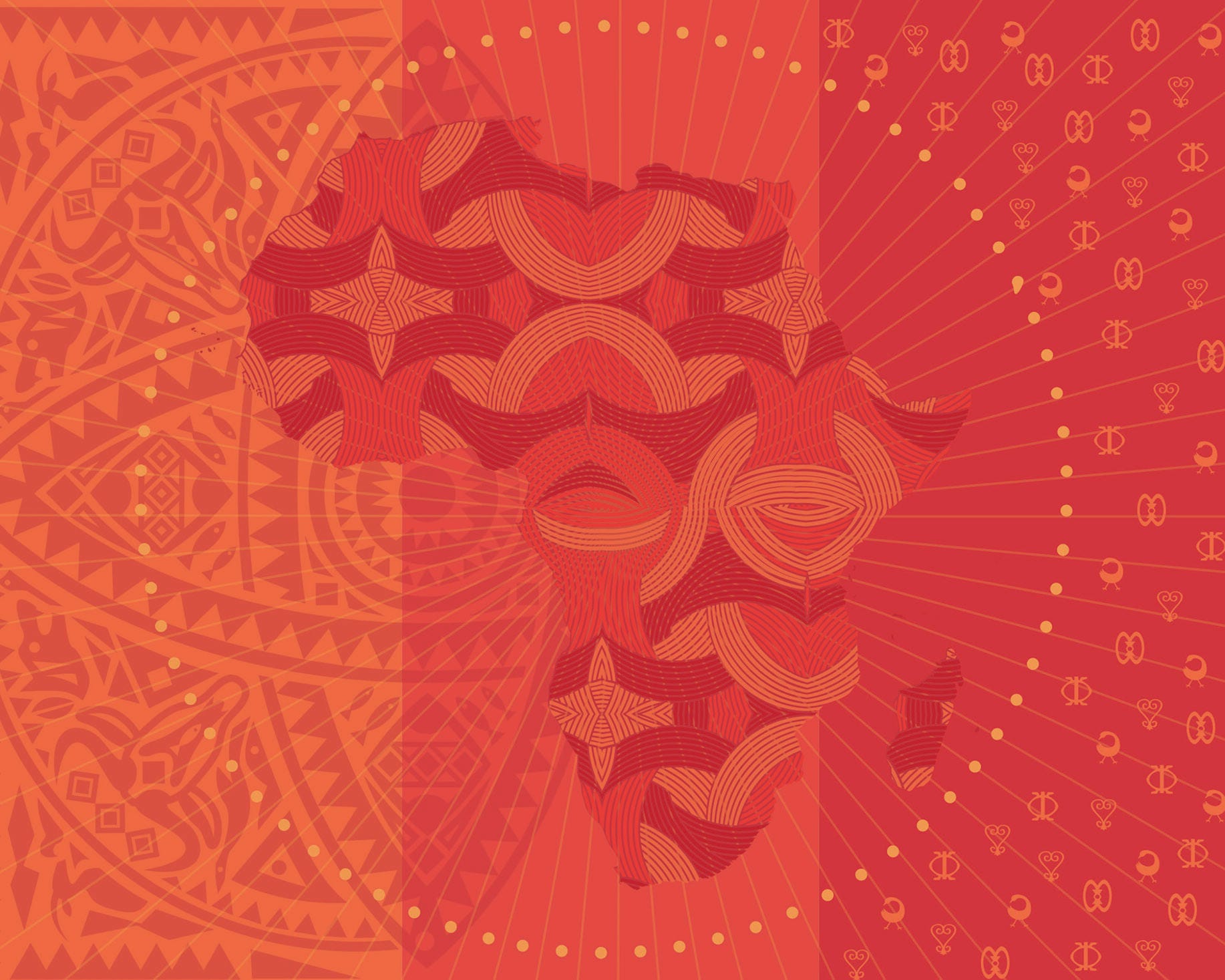This brief presents a factual and retrospective analysis of the relationships between urbanisation and demography in North Africa and West Africa. It shows that the process of demographic transition is now fully underway in this region. North of the Sahara the new demographic equilibrium features a birth rate higher than expected, according to theoretical model predictions, resulting in continuous population growth. Over 70% of the population now lives in cities, a number that is expected to continue to rise in the coming decades. South of the Sahara all countries have seen death rates plummet, followed by a decrease in birth rates. The gap between the change in the two variables has contributed to spectacular natural growth in the space of a few decades. This growth is occurring in parallel with a redistribution of populations to urban areas, which are now home to close to one of every two inhabitants. West African urbanisation is likely to accelerate the social, economic and political changes that favour the demographic transition. One of the main challenges facing the region is the question of how to reduce the regional variations seen in fertility rates between the continent’s urban and rural areas.
Urbanisation and demography in North and West Africa, 1950-2020
Working paper
West African Papers

Share
Facebook
Twitter
LinkedIn
Abstract
In the same series
-
 16 October 2024
16 October 2024








